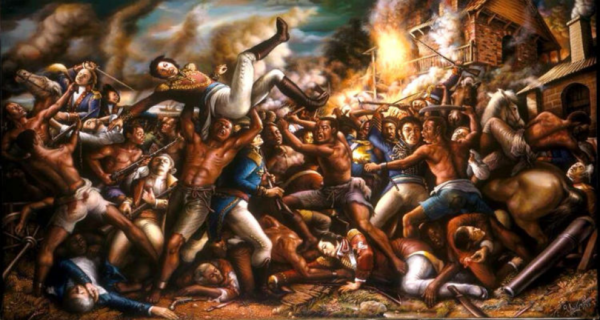



Brown traces the lasting influence of these episodes, which he treats as both agentive and emblematic, into the revolutionary era. By connecting the Jamaica insurgencies to larger intra-imperial wars, especially the War of Jenkin’s Ear and the Seven Years’ War, Tacky’s Revolt makes slavery and the violence it produced inseparable from broader military conflicts. The book is a compelling account of how insurgencies led by African captives in Jamaica were both produced by and paradigmatic of two major and interrelated historical developments: the expansion of Atlantic slavery and the rise of an aggressively militaristic British Empire. Rather than treat these rebellions as peripheral and localized events, Vincent Brown’s new book, Tacky’s Revolt: The Story of an Atlantic Slave War, places them at the center of Britain’s rapidly expanding eighteenth-century empire. Reviewed by Christine Walker (Yale-NUS College)Ĭommissioned by Seth Offenbach (Bronx Community College, The City University of New York)īetween 17, two insurgencies led by enslaved Africans living in Jamaica, Tacky’s Revolt and the Coromantee War, posed the largest threat to slaveholder hegemony in the Atlantic World prior to the Haitian Revolution. Tacky's Revolt: The Story of an Atlantic Slave War.Ĭambridge: Harvard University Press, 2020.


 0 kommentar(er)
0 kommentar(er)
